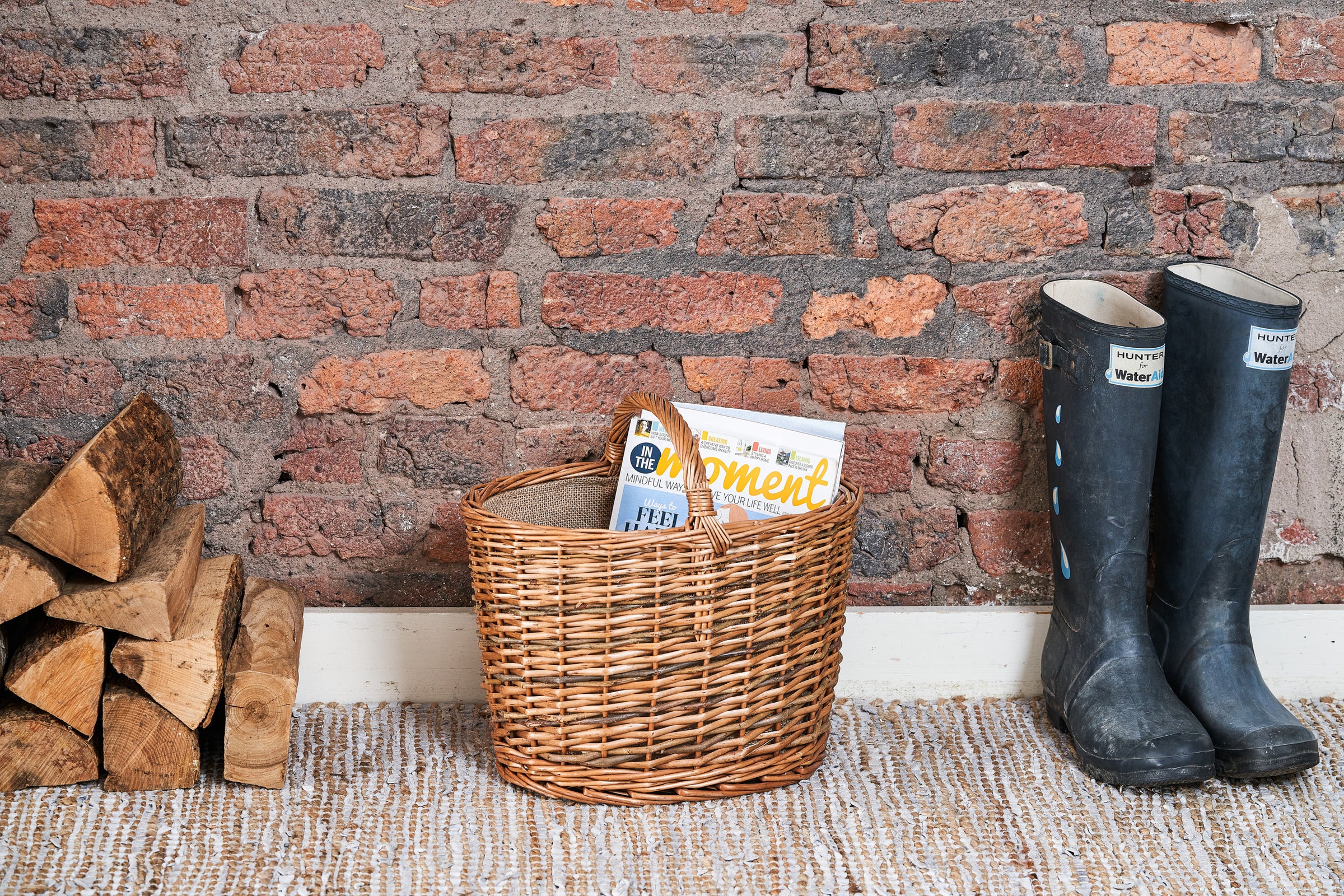
Willow Basket Ware
Willow Basketware Perfect For Any Space
Willow basketware adds a classic stylish look to any space, stronger than other weaving materials. Willow is perfect for cargo purposes, making it superior for products such as picnic baskets and wine carriers. It’s practical and stylish material makes it the perfect gift or addition for any household. Willow baskets can be used in various settings, including homes, gardens, markets and retail environments.
The History Behind Willow Baskets
Willow basket weaving dates back to ancient Egypt and prehistoric times when baskets were used for a variety of purposes; including storage, transportation and as containers for food. In fact, willow basket weaving has been passed down through generations and remains popular in many cultures around the world.
For more interesting information about the history of baskets, take a look at our article, ‘What Is The History Behind Baskets & How Are They Made?’
Willow Basket FAQs
Willow baskets are made from willow trees, it is a lot heavier than other traditional weaving materials such as rattan and hyacinth. This makes it ideal for cargo purposes because of its durability, and it is viewed as a superior material because of its high quality.
There are many types of willow trees that grow, but there are three main types of willow trees that are used for basket weaving. These are salix purpurea (Purple osier willow), salix viminalis (common willow) and salix triandra (almond willow).
The process of making a willow basket involves several steps, including:
- Harvesting - Typically, willow is harvested in the winter when the plant is dormant. The rods are cut, sorted by size and then dried.
- Preparation - Before weaving, the dried willow rods are soaked in water to make them pliable. This soaking can last from a few hours to a few days, depending on the thickness of the rods.
- Weaving - Basket weaving typically starts with the creation of the base, followed by the sides and then the finishing rim. The techniques involved are pairing (weaving two rods at a time), waling (a form of braiding) and randing (a single-rod weave).
- Finishing - The final basket is then treated with oil or varnish to enhance its appearance and durability.
When caring for your willow basket, it’s important to regularly hoover or dry dust your basket ware to remove any dirt. For a deeper clean you can use a cloth dipped in a woodwork-safe detergent, but make sure not to wet it too much as water can break or stretch the willow basket weave.
To find out more, take a look at our article, ‘How To Clean Your Wicker Basket & Top Tips For Making Them Last’.
The lifespan of a willow basket depends on how well you take care of it. If you leave your basket outside, it will typically have a lifespan of 3-5 years due to weathering impacts, whereas if you take good care of it, it can last a lot longer.
Absolutely! We’d argue that there has been a resurgence of interest in handmade and artisanal products, such as willow baskets. This is because customers value the craftsmanship that has gone into making the basket.
For further basket material inspiration, take a look at our range of materials available, including water hyacinth, rattan and paper rope.


























































































